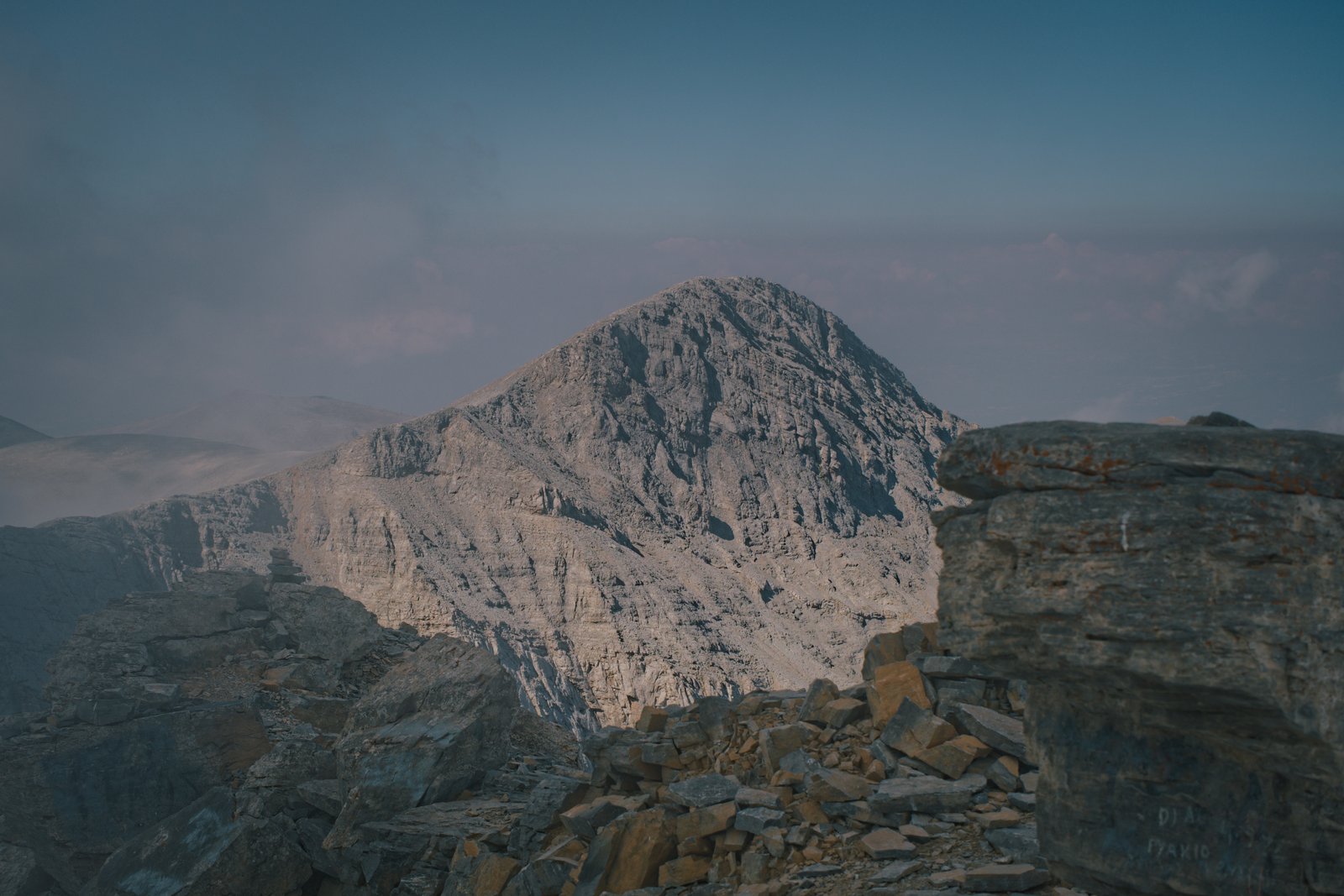What do objects remember?
Know the difference between knowing the name of something and knowing something.
— Richard Feynman in Christopher Sykes’s, Feynman: The Pleasure of Finding Things Out, 1981
It’s easy to think we understand something simply because we can describe it, and just as easy to think that we don’t understand something because it seems to defy description. I try to remind myself that description is subordinate to the experience, and experience is the only true understanding.

Something that I love about this life on foot, and the unshakable constraint of only what I can carry, is that it makes necessary a constant meditation on the stuff I keep. There’s no attic, basement, or storage closet to keep all those things you only need sometimes, and there’s virtually nowhere for a thing to be forgotten. Every object is a kind of burden, but on the walk everything is felt viscerally, weighing on the shoulders, and on the mind. The things we give space to, hold us in place too — so to carry something becomes an expression of love for that thing, or of an idea related to that thing — at least according to this wanderers whimsical preoccupation with texture.
In New Zealand I had a sweater, green, sleeves slightly too long, very soft inside, with a latticed texture outside. It was plain to look at, simple, hardly remarkable. Still it remains the piece of clothing to which all others are compared. Partly because its texture was special somehow, and partly because I wore it so often during the building of the cabin that those memories seemed to knit their way into its fibres.
I still carry a scrap of fabric from the bright yellow shirt I wore for much of this years walk, that disintegrated beneath the constant abrasion of my backpack. Sometimes I carry it in my pocket and use it to wipe sweat from my face so I can pretend it serves a practical purpose, but really I carry it because that shirt is a part of the colour and the texture of this journey.
I carried a jar containing six feathers for 500 kilometres through three countries; two tortoise shells across two countries; a piece of rubber for a week of road walking; a length of orange nylon weed matting through much of Greece; a goat horn, a single glove, a scrap of a table cloth found in an abandoned building.
Mizuki knows this part of me best. This constant sifting of the world is the vital manifestation of a belief that any moment or idea may be intensified by the presence of a kindred object. The proper object, in turn, becomes that moment incarnate, a totem around which yet more kindred ideas may agglomerate. In our cabin things were forever appearing — things I’d found in the forest, in the gutter, in bins, and op-shops. Old magazines en-route to my scrapbook, scraps of fabric that were simply nice to look at, old furniture diverted from the waste stream, and then the scavenged sheet metal, steel mesh, plaster-board, timber, fixings, etc that made many of the building projects in and around the cabin possible. Mizuki would laugh, and tease, and perhaps eventually say “please, do you really need a dozen empty film cartridges and a broken pair of binoculars?”
If asked to describe why I’m compelled to hold and carry these objects, words fall short, description isn’t enough. When I think back to walking towards, up, and over Mt Olympus — and then on toward Thessaloniki — I think first of Alexandra and her father, Ben, Manolis, and Lazarus, and second, of that bundle of orange nylon stuffed in my pocket, days spent in its texture.

We feel a connection to objects because they express things that words cannot — through them we develop a vocabulary of touch, of tactility, and a visual language for the re-presentation of memory and the making of meaning. Objects get at the essence of being because, by being tangible fragments of lived experience they help us remember how it felt to be there, they confirm our being. Without them we fear being ”only something vague and fluid like a dream.”